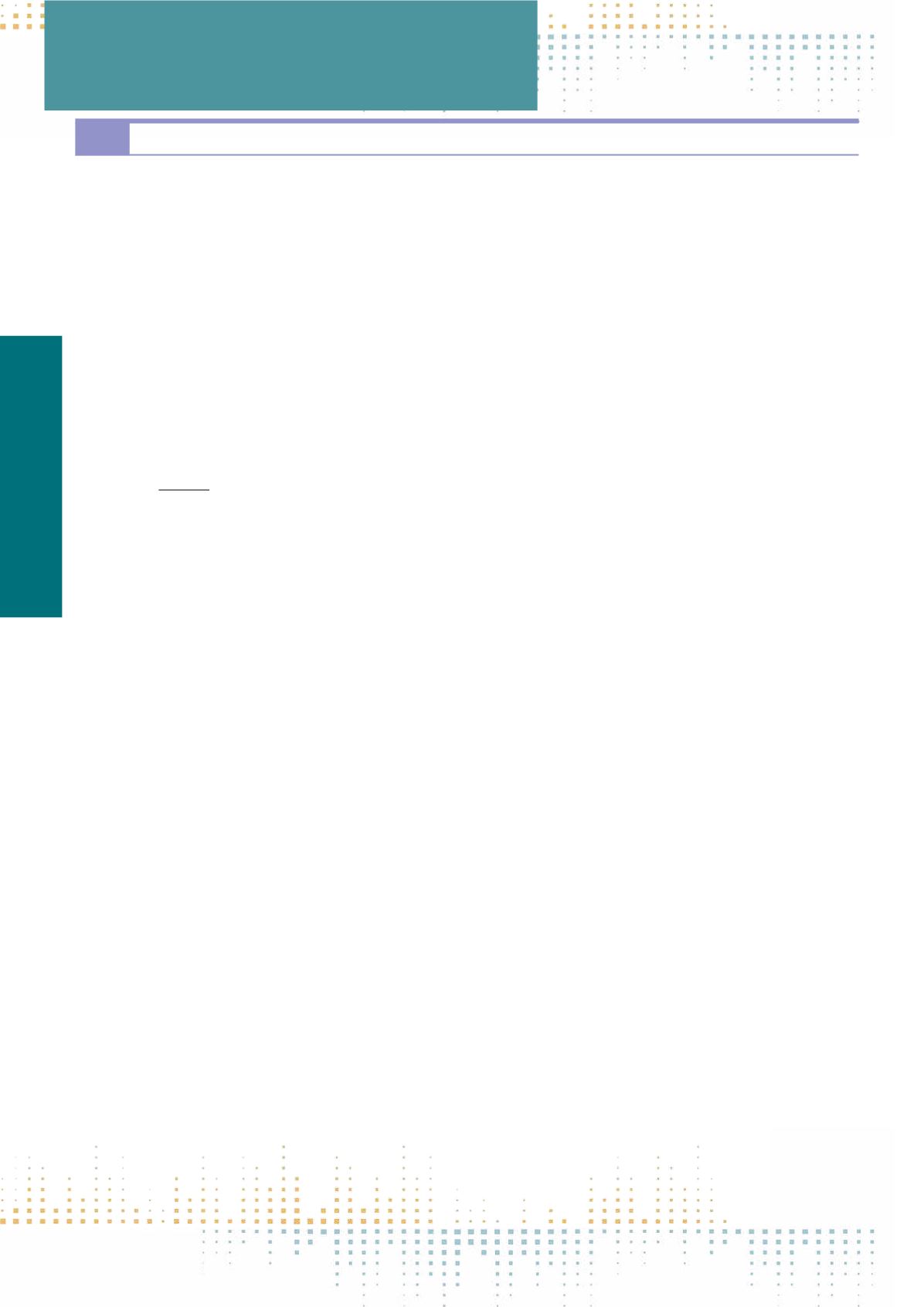

628
Saturday, November 12
0 9 : 0 0 – 1 0 : 3 0
WON01 MigrationMedia andWomen
T. Waaramaa
1
1
University of Tampere, Tampere, Finland
During the past years public debate on migration has become increasingly hostile across Europe. In 2015, as over 1,2 million refugees and migrants entered
Europe, views of anti- immigrant hostility and narratives of violence, sexual violence and fear have increased, with affective circulation on social media. In
some sectors, refugees are seen as a reserve labor force with low wages. This is regarded as an increasing burden of unemployment and economic compe‑
tition. As a result, we have witnessed emergence of nationalist security patrols in the streets, refugee center attacks, hysteria and false reports. Women and
children are defined as human groups with special needs in international human rights documents as they can be more vulnerable to hard living conditions.
Refugee females, especially Syrian women today, experience difficulties due to their financial dependency, war trauma, including losing their husbands,
the responsibility of having to look after large families and reproductive health problems including complications during pregnancy and after childbirth.
They often live in isolation from the host community due to language barriers. There are reports of sexual exploitation of women and child marriages and
of Syrian women entering local households as second or third wife. While marriage was an option to have stability and protection for some Syrian women,
their dependency and lack of awareness on their rights and existing services often make them vulnerable to sexual exploitation and domestic violence. It
is necessary to question the constructions of migrations connected to gender and make a shift away from the positivist and masculinist epistemologies as
they are hegemonic and lead to multiple marginalizations of those who are neither heard nor seen. Recommendations for contributing to formulate media
policies and practices sensitive to migrant women rights in international human rights documents are needed.
PP 738
‘Protected’ and attacked: Women in the European migration debate
R. Pöyhtäri
1
1
University of Tampere, Research Centre for Journalism, Media and Communication COMET, Tampere, Finland
An often heard claim in European migration debate in the past decade has been that migrant men, especially if they are Muslim, form a threat to Europe
and its’values, as well as to women in Europe, be the women native citizens or of a migrant origin (see e.g. Vertovec and Wessendorf 2010). The discourse
has been supported by various means, e.g. by announcing selective support to possibly oppressed groups of migrant women, instead of migrants in gen‑
eral (which however does not imply that all such support is inherently wrong). Another example is the extensive discussion and spreading of actual and
invented news and rumors on rape crimes, (claimed to be) committed by migrant men (see also e.g. Keskinen 2011 and 2012). A newer and growing trend
is the online harassment including verbally and sexually abusing attacks on those women, who have voiced their tolerant opinions towards migration or
migrants and other minorities in public. The group of women attacked online includes journalists, researchers, politicians, and activists, as well as other
online participants (e.g. OSCE 2016). The attacks are often meant to silence women and their opinions that are deemed too tolerant. The attackers instead,
as well as those opposing migration in the debates, are typically positioning themselves as protectors of the nation – and its’women and daughters, who,
as is claimed, have been manipulated to believe migration is a positive phenomenon and are too naïve to protect themselves. In my presentation I will
discuss howwomen are used and abused in the migration debate, by analysing examples especially from the Finnish media sphere, as well as by referring to
experiences of various women who have been experiencing online threats when taking part to the debate. I will concentrate on the online threats and their
effects to public discourse. I will also present some measures in place and examples of actively defeating these online threats. I will base my observations on
my previous and ongoing research on online hatred, hate speech and migration debate, as well as the ongoing work of various European and international
institutions and organisations, as well as initiatives of civil society and individuals. References: Keskinen, Suvi (2011) Borders of the Finnish Nation. Media
politics and rape.Teoksessa: Eide, Elisabeth & Nikunen, Kaarina (toim.) Media in Motion: Cultural Complexity and Migration in the Nordic Region. Aldershot:
Ashgate, 107–124. Keskinen, Suvi (2012) Limits to speech? The racialised politics of gendered violence in Denmark and Finland. Journal of intercultural
studies 33:3, 261–274. Organization for Security and Co-operation in Europe (OSCE) (2016) New challenges to Freedom of Expression: Countering online
abuse of female journalists. OSCE: Vienna. Vertovec, Steven &Wessendorf, Susan (eds.) (2010) The multiculturalism backlash. European discourses, policies
and practices. London: Routledge.
Network –Women's Network
(WON01)



















